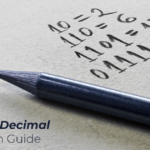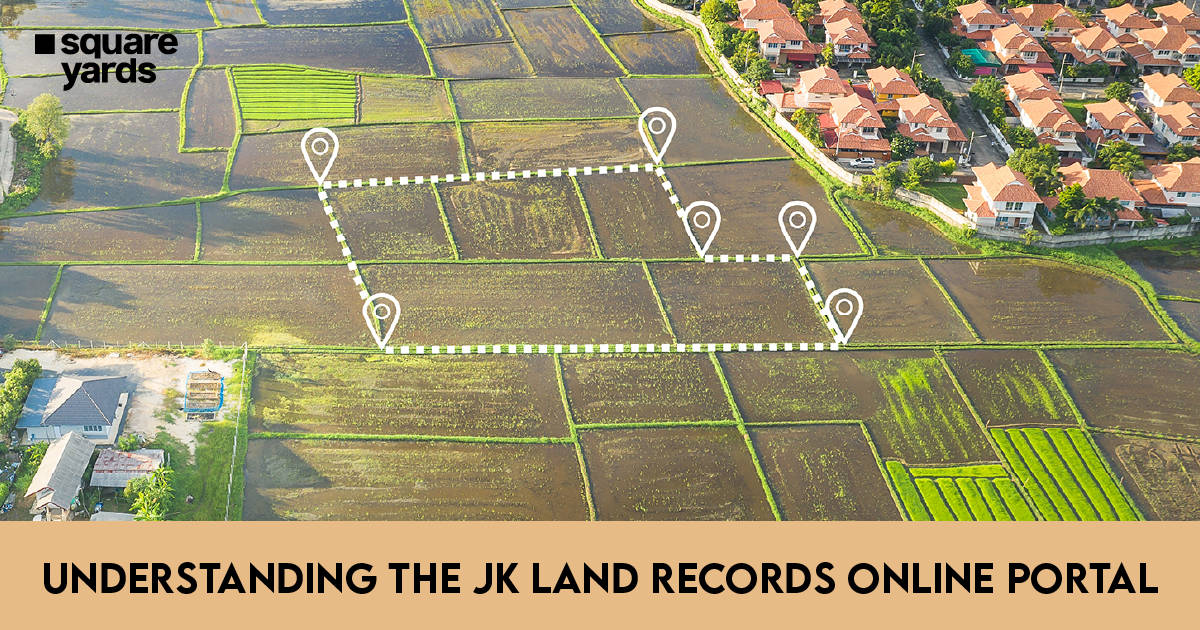The role of units of measurement in our daily lives cannot be overstated. Accurate measurement is essential for progress and success, from measuring ingredients in cooking to calculating the distance between two cities.
In fact, without the ability to measure and quantify things, we would not have been able to make advancements in science, engineering, and medicine. When it comes to measuring mass, the kilogram is a widely recognized unit of measurement.
As the base unit of mass in the International System of Units (SI), it is used in various settings, from weighing groceries to determining the mass of celestial bodies. However, there are instances where the need for greater precision demands the conversion of kilograms to smaller units, such as grams.
This article will delve into the art of converting kg to grams accurately. Every reader, from a curious student to a dedicated researcher, will benefit from this article’s discussion of mass measurement.
Table of contents
What Are Kilograms?
The international standard (SI) for measuring mass is the kilogram. The weight of a platinum and iridium standard prototype maintained by the International Bureau of Weights and Measures is used as the basis for this definition.
The metric system typically employs the kilogram, with its unit of measure equaling 1,000 kg, and its widespread usage in fields as diverse as science, engineering, and commerce. A kilogram is an essential unit of measurement that allows us to precisely determine the masses of the things we encounter every day.
Current Use of Kilograms
In the International System of Units (SI), which is the standard unit system used by most nations throughout the globe, the kilogram (kg) is now used as the basic unit of mass.
The International Prototype of the Kilogram (IPK) is a platinum-iridium alloy reference standard maintained by the International Bureau of Weights and Measures (BIPM) in France and used to define the mass of a kilogram.
This standard serves as a reference point against which the masses of other things may be calculated, making it an essential tool for various disciplines, including science, engineering, and business.
The kilogram is an integral feature of contemporary technology and industry since it measures the mass of anything from subatomic particles to large pieces of industrial gear.
History of Kilograms
The historical roots of the kilogram trace back to the 18th century when scientists and government officials first realized they needed a universally accepted method of measuring.
The kilogram was considered the primary unit of mass for the new metric system the French Academy of Sciences put out in 1791.
In 1889, a platinum-iridium alloy prototype replaced an earlier version of the kilogram that was manufactured from pure water. The IPK, or International Prototype Kilogram, has been the gold standard for mass measurement for almost a century.
Scientists eventually learned that environmental and human influences, such as temperature and humidity, were altering the IPK’s mass over time. As a result, scientists devised a brand-new approach to calculating mass that takes into account the Planck constant and other universal constants.
In 2019, a new definition of the kilogram was established using this technique, which resulted in a more precise and consistent mass measurement. Despite its redefinition, the IPK remains a significant historical item and symbol of the kilogram’s lengthy history and development.
What Are Grams?
Grams are a unit of measurement used to express mass in the metric system. One gram is equal to one-thousandth of a kilogram and is commonly used to weigh small and light objects, such as food items or jewelry. The word “gram” is derived from the Greek word “gramma,” which means “small weight.”
The gram is widely used across various fields, including science, engineering, and commerce, owing to its precise and standardized nature. It provides a convenient way to measure the mass of small objects and is often used in combination with other metric units such as centimeters and milliliters.
From kitchen scales to scientific experiments, the gram is an essential unit of measurement that has revolutionized how we measure and quantify mass. Its importance lies in its ease of use and the ability to accurately measure even the smallest of objects, making it a ubiquitous tool we encounter daily.
Current Use of Grams
The gram (g) is a metric unit of mass used often in many contexts, including the measurement of very lightweight commodities like food, medicine, and home supplies.
The gram is also employed in precise science and engineering domains, such as chemistry and biology. Because of its widespread use in determining the masses of molecules and atoms, the gram is an essential unit of measurement in chemistry and physics.
Both the pharmaceutical and food industries use grams as a unit of measurement for medicine dosages and food nutrient content. Grooming goods, such as cosmetics and other personal care items, are often measured in grams for ease of use.
History of Grams
The gram has been around since the late 18th century when the French Academy of Sciences tasked a group of experts with creating a new system of units based on the metric system.
The gram was originally described as the mass of one cubic centimeter of water at its highest density, while the kilogram was defined as ten thousand grams.
Later, this definition was tweaked to make a specific metal bar, the International Prototype of the Kilogram, the standard for the kilogram, and the gram, the thousandth portion of this bar.
Relationship Between Kilograms and Grams
In the metric system, the kilogram and the gram are the two most often used mass units.
As the basic unit of mass in the SI, the kilogram (abbreviated as “kg”) is the standard against which all other mass units are compared. A lower unit of measurement is the gram (g), which is equal to one-thousandth of a kilogram.
The kilogram is the standard unit of mass measurement for humans, animals, and machines; the gram is more widely used for weighing spices, jewels, and medications.
The gram is a more exact and standardized unit for tiny measurements, allowing for more precision and consistency.
One kilogramme is equal to 1,000 grammes. Therefore, the conversion between the two units couldn’t be more straightforward.
This makes converting between both units simple; just increase or divide the number of kilos by 1,000 to obtain the equivalent in grams, and vice versa.
How to Convert Kg to Grams?
Converting kg to grams is a straightforward process that involves multiplying the value in kilograms by 1000. This is because there are 1000 grams in one kilogram, so to convert from kg to grams, we need to multiply by 1000. To convert kilograms to grams, you need to multiply the number of kilograms by 1000.
Here are the steps to follow:
- Identify the value in kilograms that you want to convert to grams.
- Multiply the value in kilograms by 1000. For example, if you have 2 kilograms, the calculation would be 2 kg x 1000 = 2000 g.
- The result is the equivalent value in grams.
You must remember to cancel out the units accurately while converting between measurements. The result is expressed only in gram terms since the kilo units cancel one other out.
Formula And Examples Of Kilograms to Grams Conversion
Converting kg to grams is a simple process that involves multiplying the value in kilograms by 1000. The formula for kilograms to grams conversion is:
Grams = Kilograms x 1000
For instance, we may use the following formula to convert 1 kg to g:
Grams equal 1000 grams per kilogram.
This implies that 1000 grams equal 1 kilogram.
Similarly, we can use the following formula to convert 0.5 kg to grams:
Grams are equal to 0.5 kg times 1000 Grams.
This implies that 500g is equal to 0.5 kg.
Several fields, including the culinary arts, the chemical sciences, and the physical sciences, benefit from being able to convert between kilograms and grams. It’s straightforward math that may be completed mentally or using a calculator.
Kilograms to Grams Conversion Table
Here is a conversion table for kg to grams:
| Kilograms | Grams |
| 0.001 | 1 |
| 0.01 | 10 |
| 0.1 | 100 |
| 1 | 1000 |
| 2 | 2000 |
| 3 | 3000 |
| 4 | 4000 |
| 5 | 5000 |
| 6 | 6000 |
| 7 | 7000 |
| 8 | 8000 |
| 9 | 9000 |
| 10 | 10000 |
| 20 | 20000 |
| 50 | 50000 |
| 100 | 100000 |
Multiply any value in kilograms by 1000 to convert it to grams. For instance, you could multiply 2.5 kilograms by 1000 to convert them to grams, which amounts to 2500 grams.
Difference Between Kilograms and Grams
The metric system uses grams and kilograms as units of measurement for mass, but what is the difference between them? Simply put, a kilogram is equivalent to 1,000 grams.
Grams are a smaller unit of measurement commonly used to express the mass of lighter objects like food items. In contrast, kilograms are typically used for larger, heavier objects such as people, animals, and vehicles.
One practical way to understand the difference is to consider that a liter of water weighs approximately 1 kilogram, while a single sheet of paper typically weighs around 4-5 grams.
Both units are critical for various applications, from cooking and baking to science experiments and industrial manufacturing.
Ultimately, the choice between grams and kilograms depends on the specific requirements of the task at hand and the precision needed in the measurement.
Conclusion
The conversion of kgs to grams is a crucial measurement aspect in various fields. Accurate measurement of mass is essential, and standardized units like kilograms and grams ensure consistency and precision in the measurements.
The difference in magnitude between these units allows for precise measurement of objects of different sizes. Proficiency in kg to grams conversion is a valuable skill for students, professionals, and scientists.
Ultimately, this conversion is a vital tool that enables us to make accurate measurements and achieve greater precision in our daily work.
You may also like:
FAQ’s about Kilogram to Gram
Q1. How do you convert the kg to g formula?
The kilograms must be multiplied by 1,000 to be converted to grams. The formula is: grammes = kilogrammes x 1000. This formula will convert kg to grams.
Q2. Are 100 grams equal to 1 kg?
No, 100 grammes and 1 kilogramme are not equivalent. 100 grams is merely a tenth of a kilogram since one kilogram equals 1,000 grams.
Q3. Are 500 grams equal to 1 kg?
No, 500 grams and 1 kilogram are not equivalent. 500 grams is just half a kilogram since one kilogram equals 1,000 grams.




















































